Cask Ale Surging in America? (😮)
Updated with info about Gigantic’s cask.
With one exception, Portland has long been one of the best places in the world for any type of beer you’d happen to fancy. Dubbel, no trouble. Czech dark lager? Check. Grodziskie? How about three. The lacuna has always been cask ale, somewhat curious given that the craft era began with British styles. Deschutes has been the one brewery committed to cask—but it has often been a big, boozy IPA that concealed rather than highlighted the natural carbonation. It was the concession they had to make to move the beer.
Well, something has changed. Perhaps the trials of Covid drove brewers to dream about long, long sessions down at the pub, and concluded they needed the beer designed for such activity. Whatever the spark, though, Portland is now enjoying a modest blaze of cask activity—one that shows some signs of sticking around. I am trying not to move too suddenly or shout about it, for fear that I’ll scare these lovely creatures away, but so far the trend has been growing, not fading.
On Friday, Patrick and I spent the afternoon on a cask ramble, walking and tramming to four breweries. We found eight cask engines and they were all pouring beer that was largely around 4%—and in the four breweries we found three (!) milds. For anyone coming to Portland, I highly recommend taking the cask crawl (which can be expanded to six stops, as I describe below). We started out at Steeplejack, walked to Upright (1.3 miles), took the tram to Hawthorne and walked a few blocks to Away Days (.3 miles), and concluded at the newly-opened ForeLand (.3 miles). Eight cask ales in two miles? That’s almost English in its proximity!
We recorded a Pod Extra of our findings, so I won’t go beer-by-beer through them. (Turnover is the nature of cask, so you may already find different beers, anyway.) Instead, let’s consider what a watershed moment this might be.
Some styles just don’t sell in the US. The whole Belgian oeuvre is challenging. Smoked beers are extremely niche. But at least breweries make these styles and try to sell them. Cask is hard for breweries not just because the beer doesn’t sell well (it’s “warm and flat” and pricey per unit if alcohol), but because it’s hard to prepare and serve. You need special equipment, and if you’re committed to the CAMRA approach of replacing the space inside the cask with cellar air, you’re going to dump a lot of it.
(This was, honestly, an asinine hill for CAMRA to die on. The backstory involves industrial cask in the 1970s, which became the British cask fanciers’ (CAMRA) bete noire, precipitating a purity test that favored dank old cellar air over microbiologically-stable CO2, and resulted in the very circumstances of cask’s potential demise that it sought to forestall. For decades, Britons, tired of soured or stale cask, have flocked to lager.)
I despaired that it would ever be more than a rauchbier-like specialty for fanatics and old duffers, and long ago gave up hoping for an experience like we enjoyed.
New American Cask
Fortunately, the new breed of brewers are not prepared to die on CAMRA’s stale-air hill. They love the things that make a perfect pint of cask ale one of the best beers in the world—but skip the unnecessary hassle or risk. that means when you try one of these beers, it tastes like the brewer intended (and lasts long enough to sell).
For the moment, the favored styles seem to be classic British. Of the eight beers we drank, there were the three milds along with a couple bitters (one strong), plus a wee oyster stout, a porter, and a hoppy American ale. I don’t actually know how well the milds will sell, but all three were distinctive and full of character—and quite different. I wouldn’t be surprised to find them slowly phased out in favor or more familiar styles, and I’m most curious to see if the breweries continue to make classic styles or start to get creative the way modern British brewers are today.
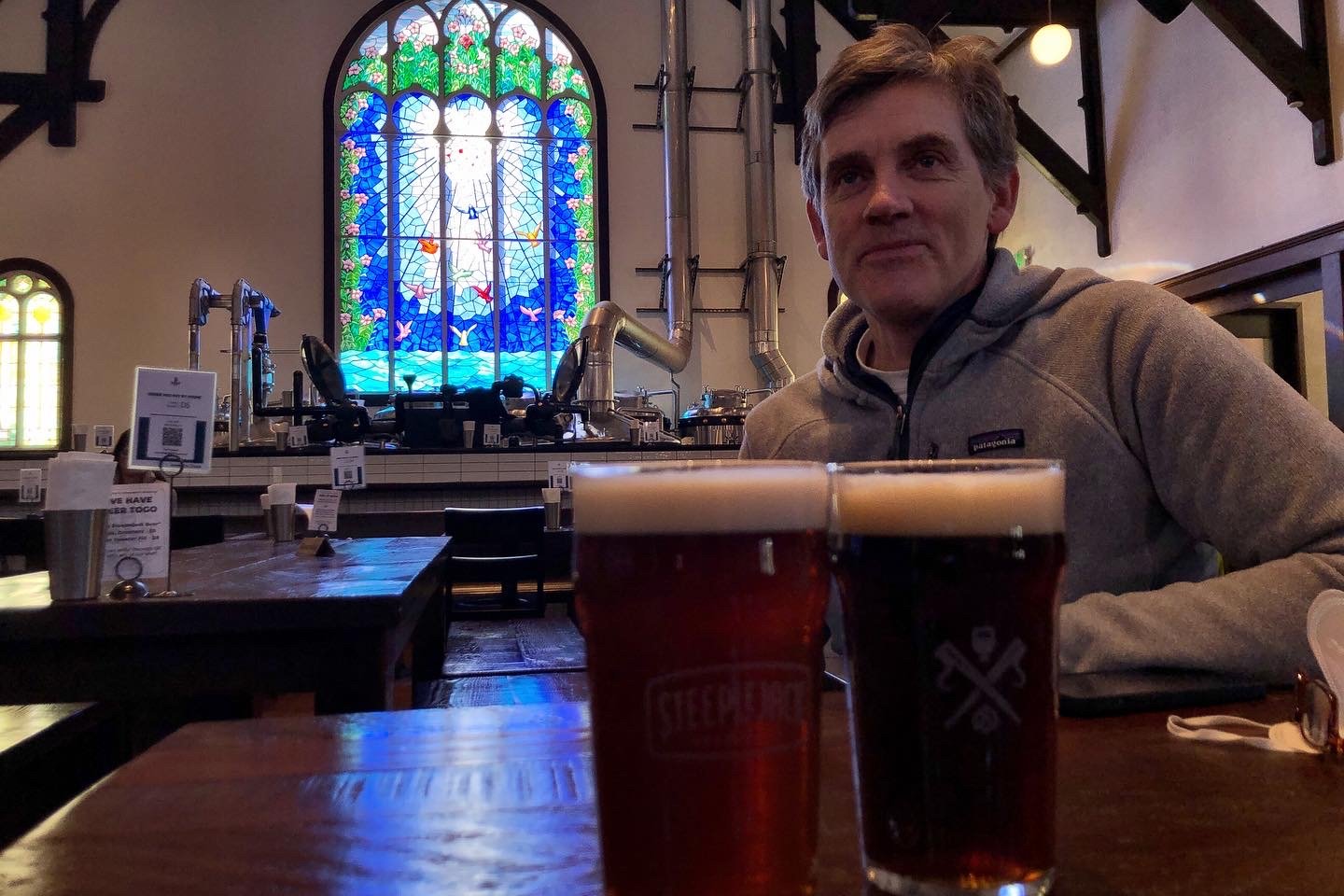
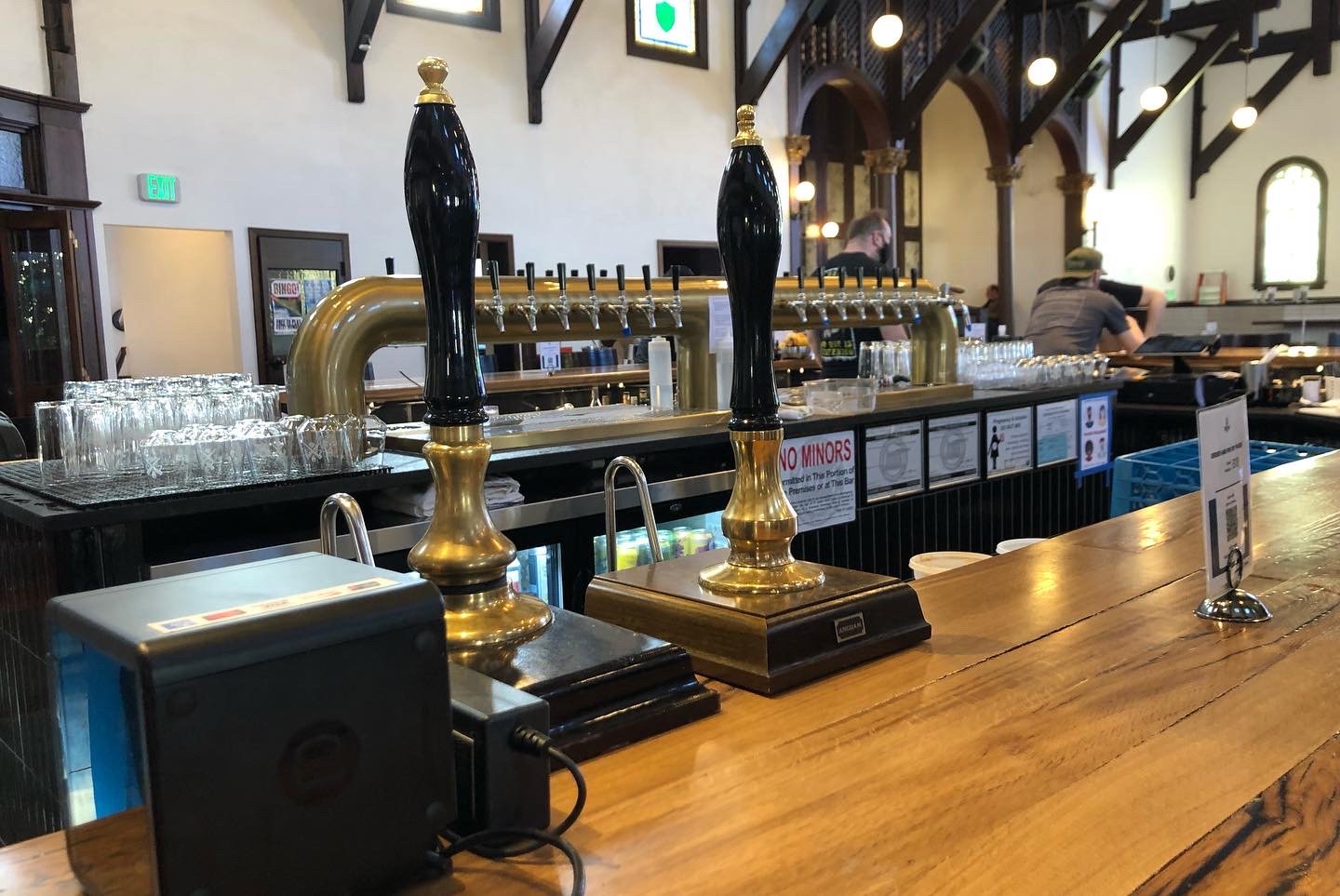
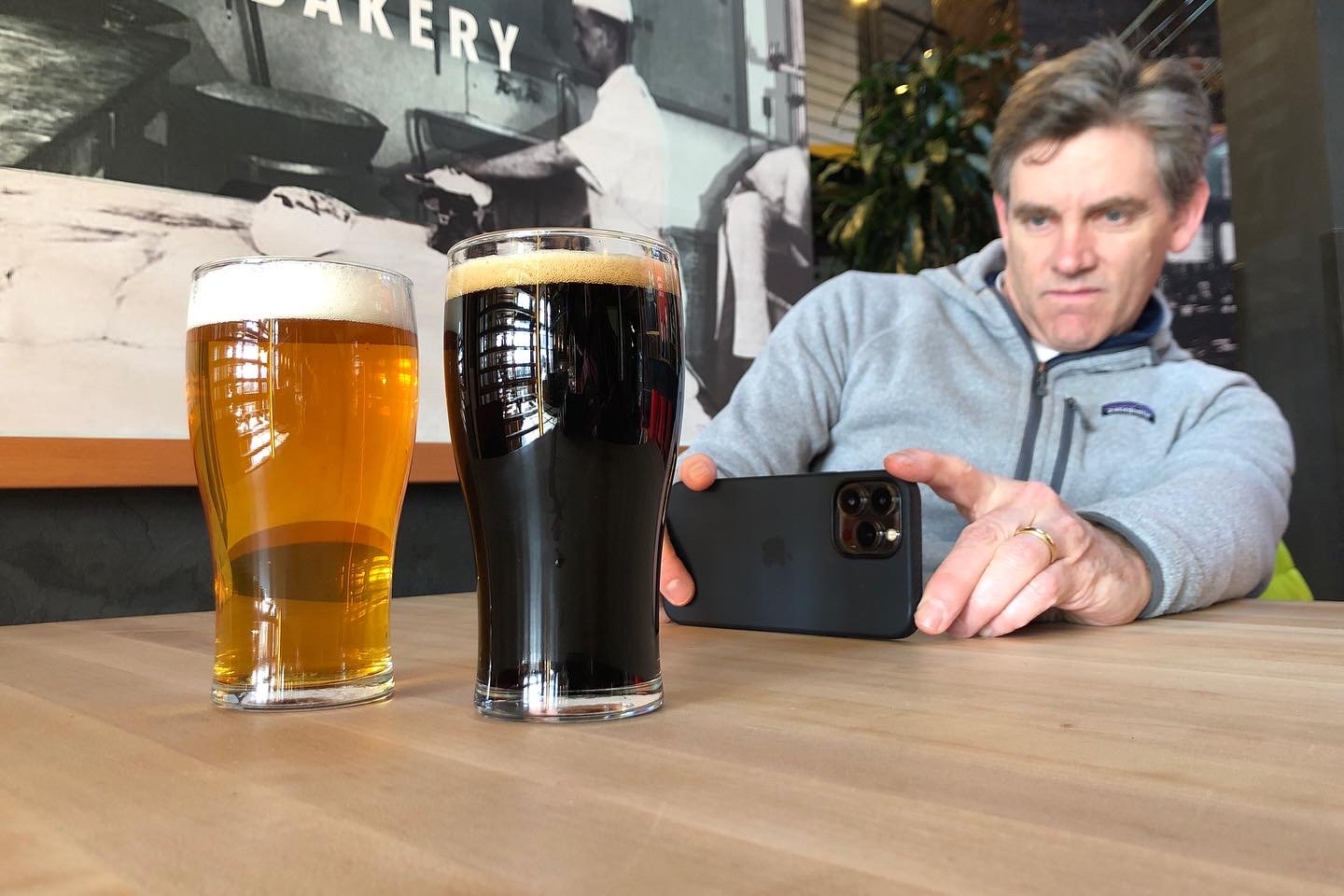
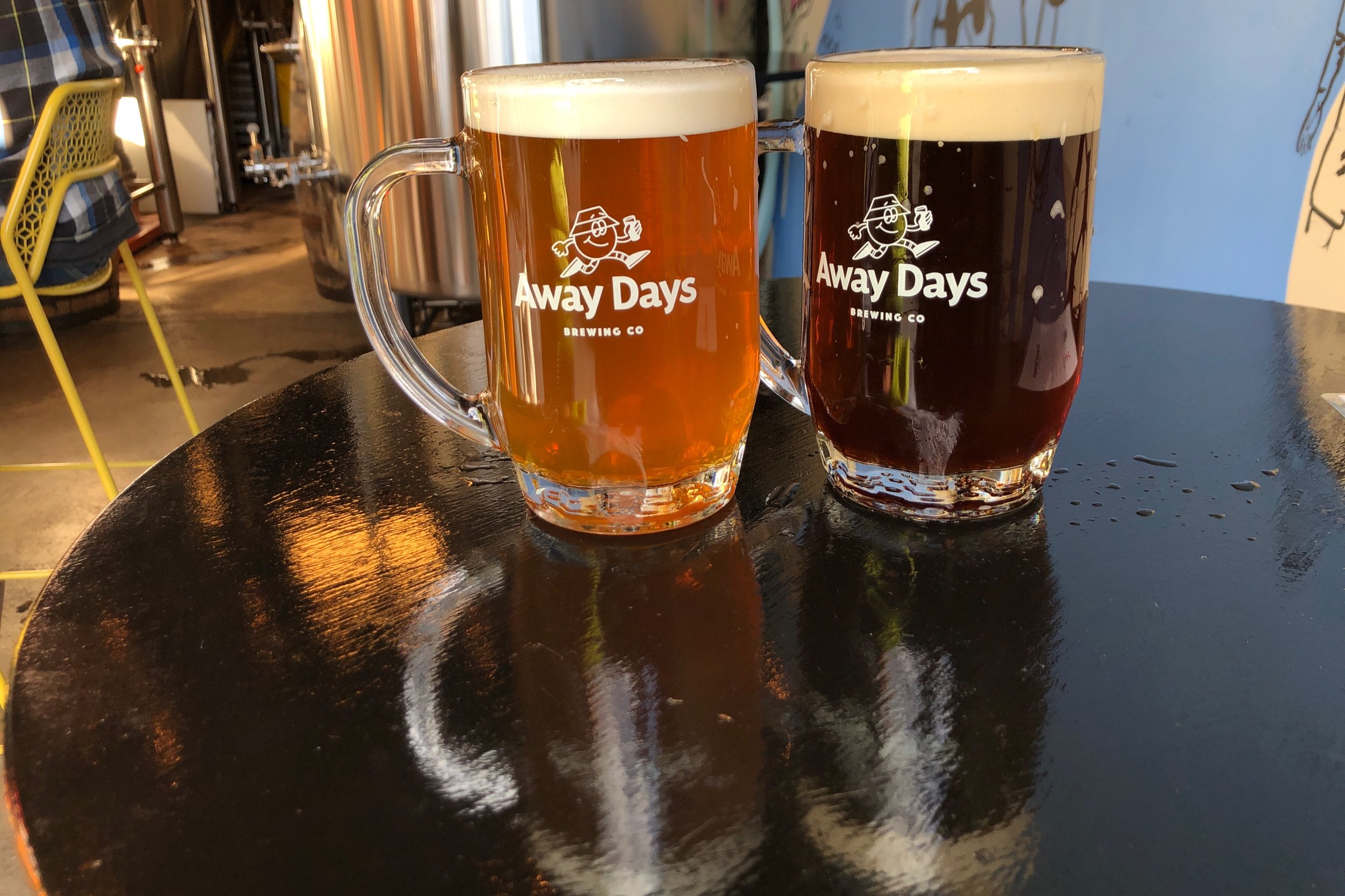
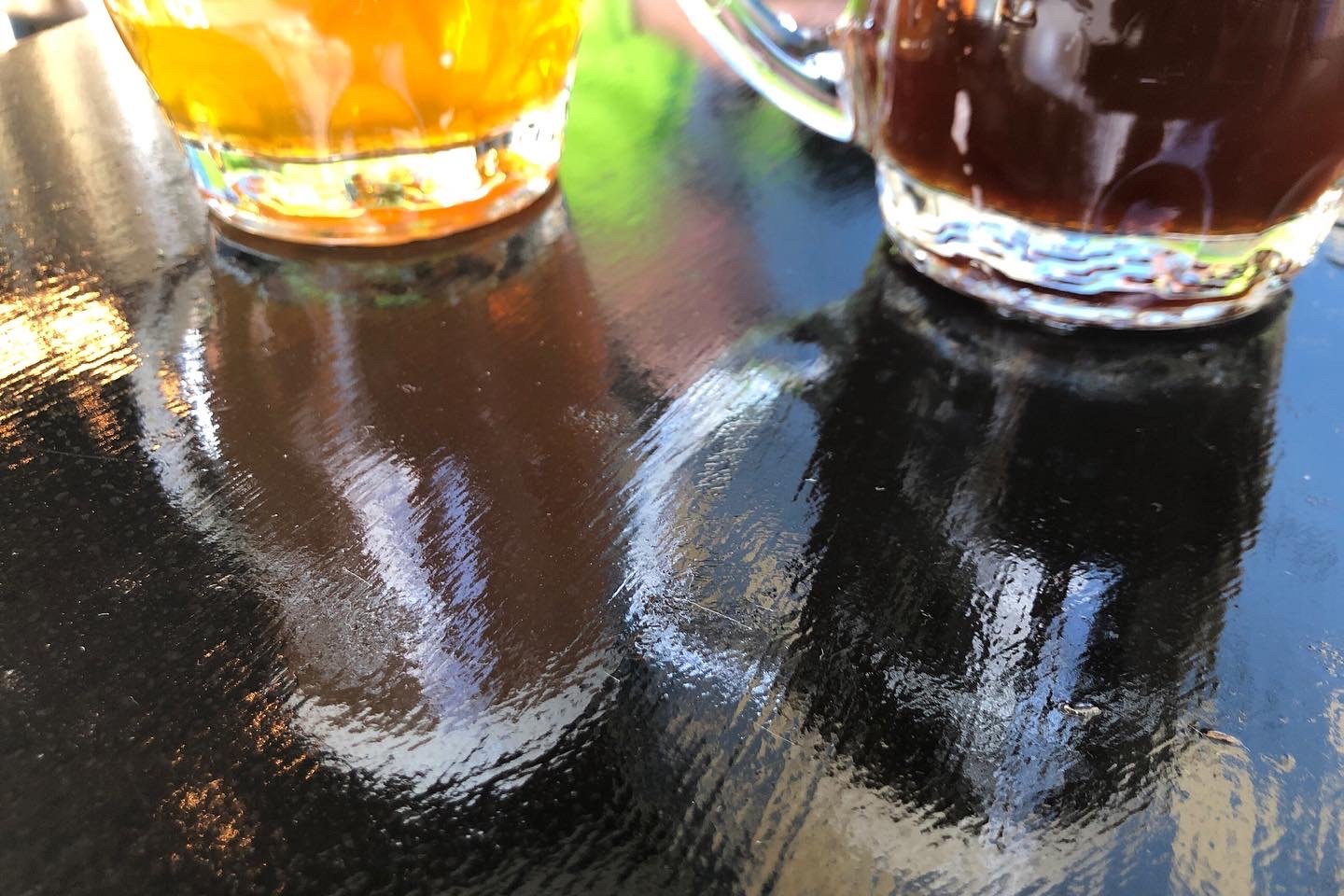
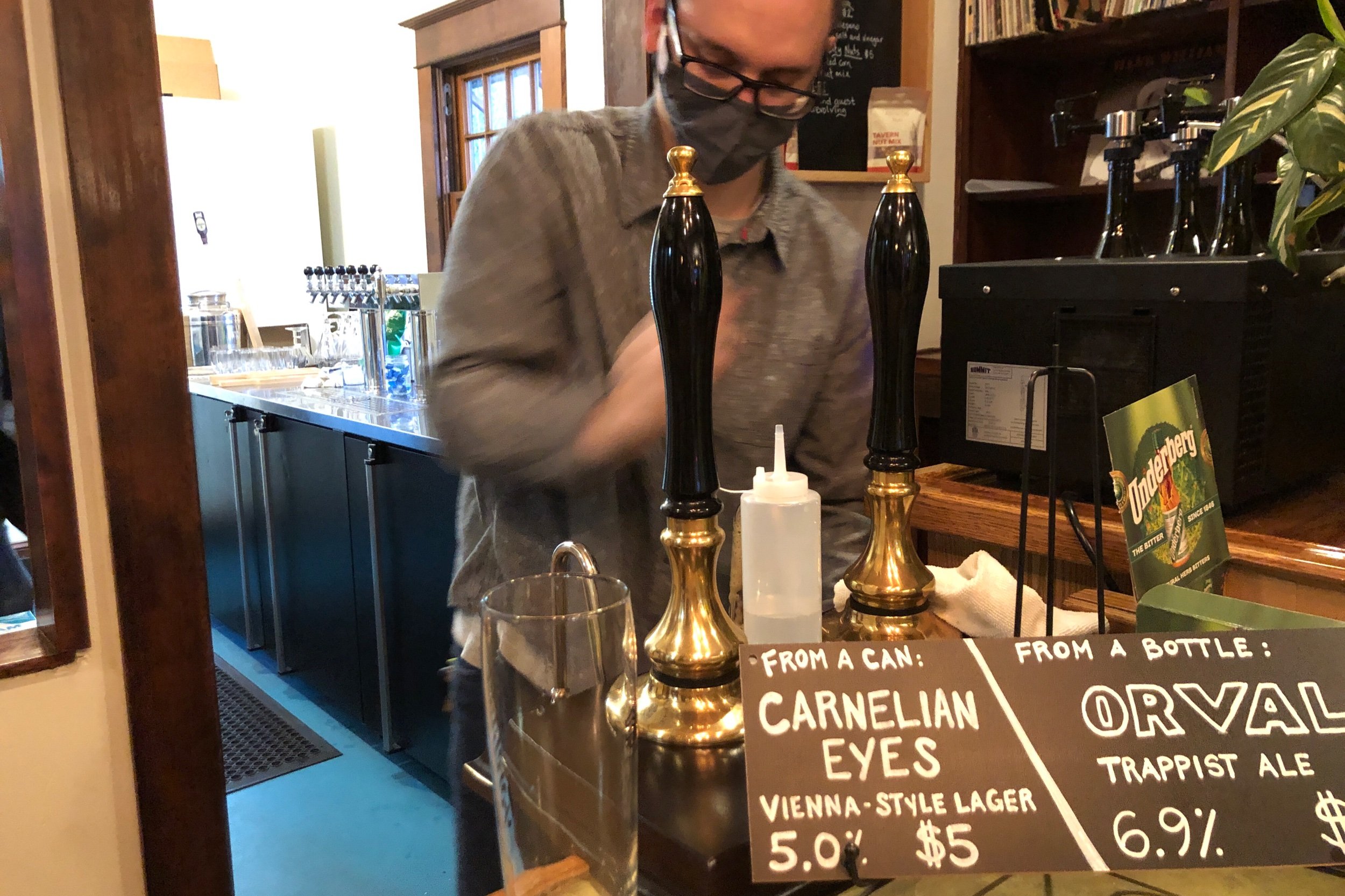
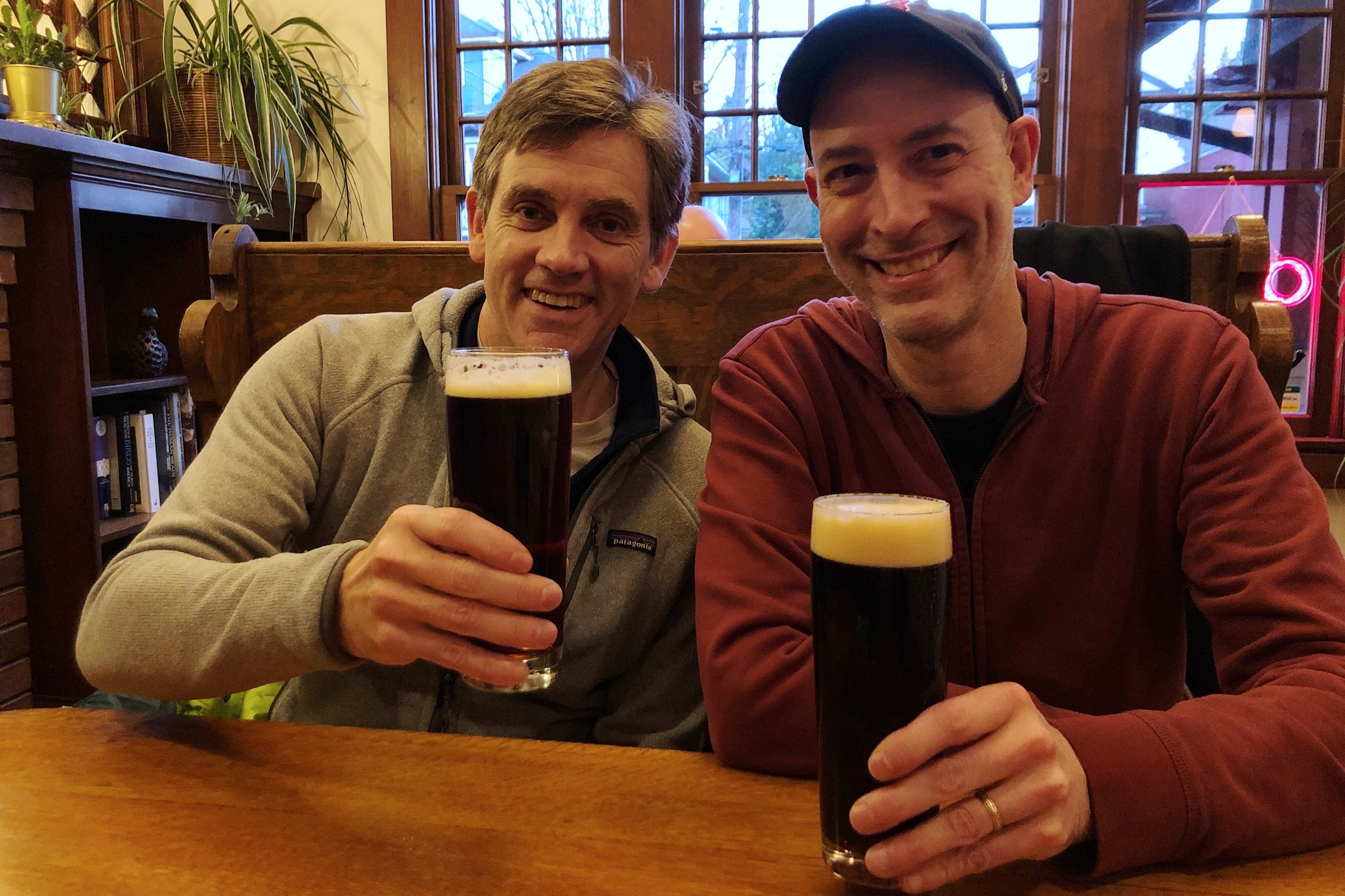
The one outlier in our group may be suggestive. Away Days is the brewery project associated with the Toffee Club, the British soccer pub on Hawthorne. They have long been committed to everything England, but have also been doing this longer than the other breweries. Their mild was the best of the three and one of the best I’ve ever had. But the IPA they had on cask, as golden and sparkling as a Trump commode, was both a fantastic cask ale, but also much more modern. The brewery used the common technique of dry-hopping inside the cask to add a note of fresh, undiluted hop aroma to the beer. In this case the hop was Citra, which added a startlingly bright note of lemon. Yet despite the American hops, it reminded me of the “juicy cask” the Brits are now making. Whither the future? We’ll have to see how things develop.
All four breweries use sparklers, which seems totally sensible as a way of coaxing Americans over to cask (though I object to them). They also seemed to be a bit colder than British cask—though not keg-cold—and while that probably has more to do with the cooler behind the bar than the customer in front of it, I suspect that will help popularize the style. These are true cask ales, but updated for modern technology in a way I hope Portlanders will appreciate.
These aren’t the only breweries doing cask—Level, Deschutes, and Gigantic do as well. If you wanted to extend the cask crawl to five to seven locations, you could loop the new Level taproom on Sandy (“Level 3”) into the mix. Deschutes, which is across the river, would add to the complexity, but it’s well-served by public transportation. Gigantic currently does cask only on Friday, and their taproom is fairly far south. However!—when the new pub opens up on Hawthorne, it will have two engines, and will be east of ForeLand.*
All of this is amazing. If memory serves, just Away Days and Deschutes were doing cask at the start of Covid—and just one tap each. Now you can actually find four taprooms with two cask handles apiece. Please, please, please go patronize them, because I want this trend to be a durable one!
___________________
* Start at Steeplejack and walk to Upright. Catch the Streetcar to the Pearl and walk a few blocks to Deschutes. Catch the TriMet 20 bus back across the river on Burnside, get off around 14th and walk a few blocks to Level 3. From there you walk a mile due south to Away Days and then add the short .3 ramble to ForeLand. When Gigantic is up and running, you can go for seven by continuing to walk east and jogging over to Hawthorne another 1.4 miles.